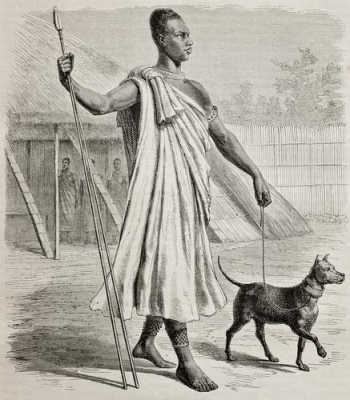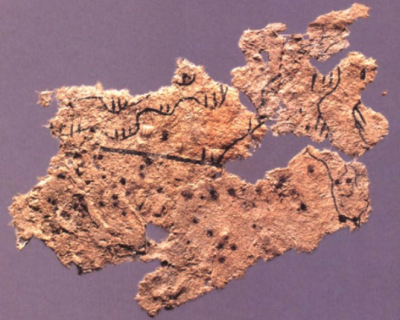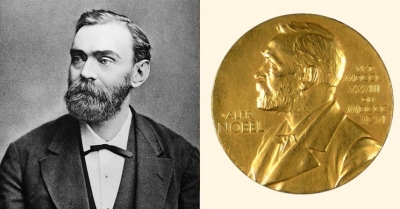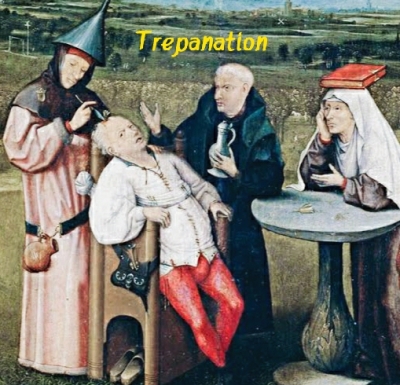
During the first World War, a doctor at a German hospital left his German shepherd dog to look after a patient for a few minutes.
The way the dog behaved impressed the doctor so much that he began training dogs purely to help the blind.
The modern guide dog story, however, begins during the First World War, with thousands of soldiers returning from the Front blinded, often by poison gas. A German doctor, Dr Gerhard Stalling, got the idea of training dogs en masse to help those affected. While walking with a patient one day through the hospital grounds, he was called away urgently and left his dog with the patient as company. When he returned, he saw signs, from the way the dog was behaving, that it was looking after the blind patient.
Dr Stalling started to explore ways of training dogs to become reliable guides and in August 1916 opened the world’s first guide dog school for the blind in Oldenburg. The school grew and many new branches opened in Bonn, Breslau, Dresden, Essen, Freiburg, Hamburg, Magdeburg, Münster and Hannover, training up to 600 dogs a year. These schools provided dogs not only to ex-servicemen, but also to blind people in Britain, France, Spain, Italy, the United States, Canada and the Soviet Union.
Unfortunately, due to a reduction in dog quality, the venture had to shut down in 1926, but by that time another large guide dog training centre had opened in Potsdam, near Berlin, which was proving to be highly successful. This school’s work broke new ground in the training of guide dogs and it was capable of accommodating around 100 dogs at a time and providing up to 12 fully-trained guide dogs a month.
Around this time, a wealthy American woman, Dorothy Harrison Eustis, was already training dogs for the army, police and customs service in Switzerland. It was to be Dorothy Eustis’s energy and expertise that would properly launch the guide dog movement internationally.
Having heard about the Potsdam centre, Eustis was curious to study the school’s methods and spent several months there. She came away so impressed that she wrote an article about it for the Saturday Evening Post in America in October 1927.
A blind American man, Morris Frank, heard about the article and bought a copy of the newspaper. He later said that the five cents the newspaper cost him “bought an article that was worth more than a million dollars to me. It changed my life”. He wrote to Eustis, telling her that he would very much like to help introduce guide dogs to the United States.
Taking up the challenge, Dorothy Eustis trained a dog, Buddy, and brought Frank over to Switzerland to learn how to work with the dog. Frank went back to the United States with what many believe to be America’s first guide dog. Eustis later established the Seeing Eye School in Morristown, New Jersey, in 1929, but before this went back to Switzerland to do further work there. Meanwhile, an Italian Guide Dog organisation, Sculola Nazionale Cani Guida per Ciechi was also established in 1928.
The success of the United States experience encouraged Eustis to set up guide a dog school at Vevey in Switzerland in 1928. She called this school, like the one a year later in New Jersey, ‘L’Oeil qui Voit’, or The Seeing Eye (the name comes from the Old Testament of the Bible – ‘the hearing ear and the seeing eye’, Proverbs, XX, 12). The schools in Vevey, New Jersey and Italy were the first guide dog schools of the modern era that have survived the test of time.
In 1930, two British women, Muriel Crooke and Rosamund Bond, heard about The Seeing Eye and contacted Dorothy Eustis, who sent over one of her trainers. In 1931, the first four British guide dogs completed their training and three years later The Guide Dogs for the Blind Association was founded in the UK.
Since then, guide dog schools have opened all round the world, and more open their doors every decade. Thousands of people have had their lives transformed by guide dogs, thanks to the organisations that provide them. The commitment of the people who work for these organisations, and the people who financially support them, is as deep today as it ever was, and the heirs of Dorothy Eustis’s legacy continue to work for the increased mobility, dignity and independence of blind and partially-sighted people the world over. The movement goes on.
Credit : International Guide Dog Federation
Picture Credit : Google














